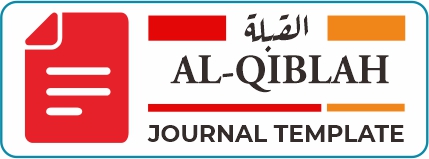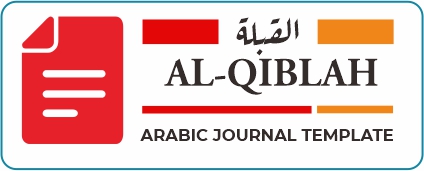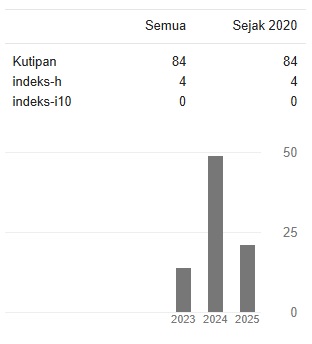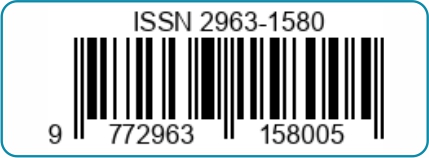Keabsahan Ibadah Menggunakan Pakaian Berbahan Sutra bagi Laki-Laki dalam Tinjauan Kaidah al-Nahyu Yaqtaḍī al-Fasād
The Legality of Worship Using Silk Clothes for Men in Review of the Rules of al-Nahyu Yaqtaḍī al-Fasād
DOI:
https://doi.org/10.36701/qiblah.v4i1.1989Keywords:
Validity, Worship, Sutras, Rules, al-Nahyu Yaqtaḍī al-FasādAbstract
This study aims to explore the opinions of scholars and the review of the principle al-nahyu yaqtaḍī al-fasād regarding the validity of worship performed by men wearing silk garments. The research employs a qualitative descriptive method (non-statistical) using normative juridical and philosophical approaches. The findings are as follows. First, early scholars unanimously agreed that the use of silk by men is prohibited except in certain circumstances. There are two differing opinions regarding its impact on worship. The first opinion, held by the Hanafi and Shafi'i schools, asserts that worship performed while wearing silk is valid but sinful. The second opinion, held by the Maliki and Hanbali schools, states that such worship is invalid. Second, according to the principle of al-nahyu yaqtaḍī al-fasād, prohibitions (al-nahyu) are divided into two categories: prohibitions due to the inherent nature of the act (li ‘ainihi) and prohibitions due to external factors (li ghairihi), which are further divided into two subcategories: prohibitions due to specific attributes and prohibitions due to unrelated reasons. The use of silk by men during worship falls into the second category, specifically prohibitions due to unrelated reasons. Scholars from the Hanbali and Maliki schools argue that prohibitions in this category (prohibitions due to unrelated reasons) imply the invalidity or corruption of an act of worship. Thus, worship performed by men wearing silk garments is considered invalid. Meanwhile, according to the majority of scholars, prohibitions in this category do not imply the invalidity or corruption of an act of worship. Therefore, worship performed by men wearing silk garments is still considered valid, although sinful for using something prohibited.
Downloads
References
Al-Bukhari, Abu Abdillah Muhammad bin Ismail. Sahih Bukhari, Juz 2. Cet. 1. Mesir: Matba’ah al-Kubra al-Amiriyyah, 1311 H.
Al-Hamd, Muhammad bin Ibrahim bin Ahmad. Al-Tarĩq Ilã al-Islãm. Cet. II. Dar Ibnu Khuzaimah, 1431 H.
Al-Hazm, Ali bin Ahmad bin Sa'id bin Hazm al-Zahiri. Al-Muhalla bi al-Asar. Beirut: Dar al-Fikr, 1408 H/1988 M.
Al-Kalwazani, Mahfuz bin Ahmad bin Hasan. Al-Tamhid fi Usul al-Fiqh. Cet. I. Mesir: Dar al-Madani, 1406 H.
Al-Maqdisi, Abdullah bin Ahmad bin Qudamah. Raudhah al-Nazir wa Junnah al-Manazir. Cet. I. Mesir: Dar Ibn al-Jauzi, 1438 H/2017 M.
Al-Muslim, Abu al-Husein Bin al-Hajjaj. Ṣahih Muslim, Juz 3. Kairo, 1374 H/1955 M.
Al-Namlah, Abdul Karim bin Ali bin Muhammad. Al-Muhazzab fi Usul al-Fiqh al-Muqarran.
Al-Quran dan Terjemahnya. Kementerian Agama Republik Indonesia. Cet. I. Jakarta: Ummul Qura.
Al-Razi, Abu Abdillah Muhammad bin Umar bin al-Hasan. Al-Mahṣul. Cet. III. Muassasah al-Risalah, 1418 H/1997 M.
Al-Sa’di, Abdurrahman bin Nasir bin 'Abdillah. Taysir al-Karim al-Rahman. Cet. I. Muassasah al-Risalah, 1420 H/2000 M.
Al-Sa’idy, Hamd bin Hamdi. Al-Mutlaq wa al-Muqayyad. Cet. I. Kerajaan Saudi Arabiah: ‘Imadah al-Bahs al-‘Ilmi, 1423 H/2003 M.
Al-Syinqiti, Muhammad bin al-Amin bin Muhammad. Muzakkirat Usul al-Fiqh ‘Ala Raudhati al-Nazir. Cet. V. Riyadh: Dar ‘Ata’at al-‘Ilm, 1441 H/2019 M.
Al-Utsaimin, Muhammad bin Salih. Al-Qaulul Mufid ‘Ala Kitab al-Tauhid, Juz 1. Cet. II. Kerajaan Saudi Arabiah: Dar Ibnu al-Jauzi, 1424 H/2003 M.
———. Al-Syarh Al-Mumthi' ‘Ala Zad Al Mustaqni'. Cet. 1. Mesir: Dar Ibn al-Jauzi, 1422 H.
———. Usul Min ‘Ilmi al-Usul. Cet. IV. Dar Ibn al-Jauzi, 1430 H/2009 M.
Al-Zarkasyi, Abu Abdillah Badr al-Din Muhammad bin Abdillah. Al-Bahr al-Muhit fi Usul al-Fiqh, Juz 3. Cet. I. Dar al-Kutub, 1414 H/1994 M.
Maulidizen, Ahmad, dan Asphia Sahida. “Al-Nahyu; Concept and Implementation in Islamic Law Determination.” Jurnal Khatulistiwa 9, no. 3 (2019).
Masyuri, dan Muhammad Zainuddin. Metodologi Penelitian. Bandung: Refika Aditama, 2008 M.
Mardalis. Metode Penelitian Suatu Pendekatan Proposal. Cet. XIV. Jakarta: Bumi Aksara, 2017 M.
Muhajir, Noeng. Metodologi Penelitian. Yogyakarta: Rekesarasin, 1989 M.
Pransiska, Toni. “Meneropong Wajah Studi Islam dalam Kacamat Filsafat: Sebuah Pendekatan Alternatif.” Intizar 23, no. 1 (2017): 172.
Rauf Wajo, Abd. “Al-Nahyu dan Relevansinya Terhadap Transaksi Muamalah (Al-Asli fi al-Nahi li at-Tahrim, Illa Ma Dalla al-Dalilu ‘ala Khilafihi).” Jurnal An-Nizam 15, no. 1 (2021).
Soekanto, Soerjono. Pengantar Penelitian Hukum. Jakarta: UI Press, 1984 M.
Soekanto, Soejono, dan Sri Mamudji. Penelitian Hukum Normatif: Suatu Tinjauan Singkat. Cet. III. Jakarta: Rajawali Press, 1990.
Suranto, Imron Rosyadi, dan Muinudinillah Basri. “Qā’idah Iqtiḍā al-Nahyi al-Fasād wa al-Buṭlān ‘inda al-Mażāhibi al-Arba’ah wa Taṭbīqātihā fī al-Munākaḥāt.” Jurnal Profetika 21, no. 1 (2020).
Zaini, Siti Fahimah. “Kaidah-kaidah Memahami Amr dan Nahy: Urgensitasnya dalam Memahami al-Qur’an.” Jurnal Al Furqan 1, no. 1 (2018).

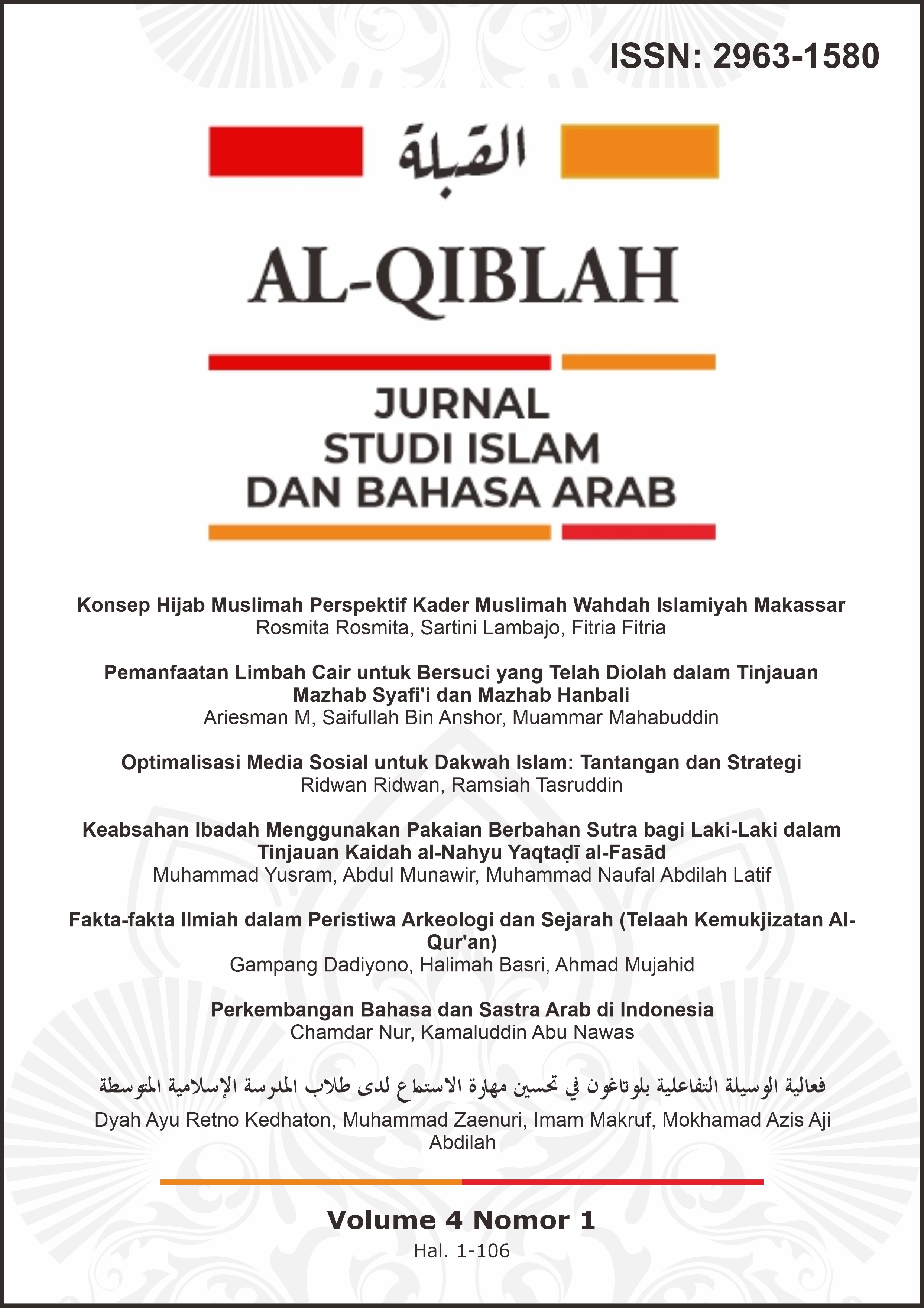

 FOCUS AND SCOPE
FOCUS AND SCOPE EDITORIAL TEAM
EDITORIAL TEAM




